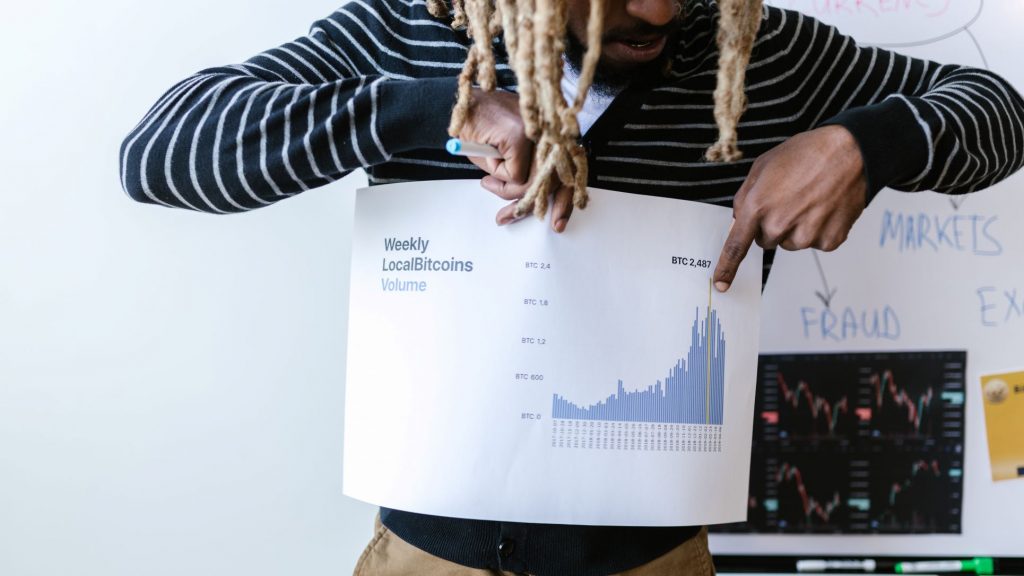AI is disrupting education. But despite what the headlines (and some ChatGPT horror stories) might suggest, South African teachers aren’t being replaced — they’re…
[Opinion] The ABCs of avoiding a DeFi rug pull

The promise of decentralised finance (DeFi) is the elimination of centralised authorities not only gives users more say over their funds, but it also expands financial inclusion and cuts transaction costs and time. This notion has opened the floodgates, but DeFi waters are teeming with malicious actors.
Rug pulls are an increasingly popular way to scam DeFi investors.
In 2021 $2.8 of the $7.7 billion lost to theft was because of rug pulls or exit scams because the weak regulatory framework allows anyone to set up a crypto project. Exit scams where project founders make off with the investor money without offering any returns rose by 36 percent year-on-year and show no signs of slowing.
The Thodex scam where founder Faruk Fatih Ozer made off with $2 billion in April 2021 shows that rug pulls are not only a decentralised exchange pitfall, but that centralised exchanges are also vulnerable.
AnubisDAO was the largest DeFi rug pull by value. The project launched with the idea that it would provide decentralised, readily available money that was underwritten by a mix of assets. Investors received the project’s ANKH token for funding its liquidity pool.
Despite not having a whitepaper and its developers using pseudonyms, it raised about $57 million that it held in wrapped Ethereum (WETH). The developers vanished with the funds, moving them to new addresses.
Besides AnubisDAO, other notable exit scams include Uranium finance, DeFi100, Meerkat Finance, and Snowdog Dao – which collectively swindled investors out of $140 million.
Types of DeFi scams
While exit scams are an increasingly fashionable method of pulling off these heists, there are other ways to seperate people from their crypto assets.
- A Honeypot project dupes the victim with promises of massive returns. That’s usually accompanied by much hype and a marketing frenzy. Once the token’s value has risen to a certain level, investors find that they can’t access their funds at all.
- Flash loan attacks involve a bad actor borrowing a lot of non-collateralised loans. Then they manipulate the asset price before reselling it on a different exchange. They rinse and repeat the process across multiple exchanges before vanishing.
- Exploits are a more noble form of scam that involves hacking into a project’s hot wallets and siphoning the funds to wallet addresses of their choice.
Getting to tell the signs of a crypto scam is the first step to avoid falling victim to them. A major telltale sign of a scam project is that the team has a dubious reputation. There’s very little if anything to vouch for their expertise in running such projects.
Follow the ABCs and you’ll have a better chance of not becoming a statistic:
- Always read the whitepaper. Whitepapers are crucial documents that communicate the team’s philosophy.
- Be skeptical of guaranteed returns. If it sounds too good to be true, it probably is especially if the project is listed on a less well-known exchange.
- Choose a cold wallet. Storing your assets in a cold wallet will guard against some of the fraudulent tactics you read earlier.
Read more: Crypto index ranks SA as 2nd in the world for Bitcoin adoption
Featured image by RODNAE Productions/Pexels


